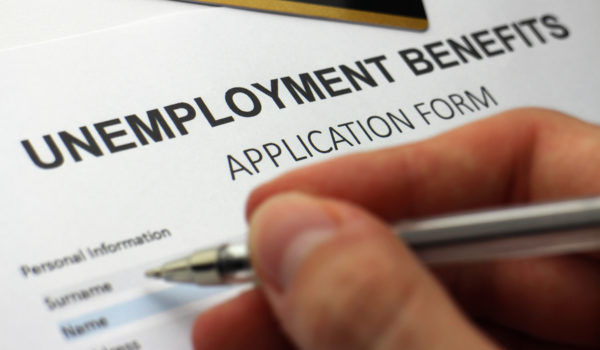The Department of Labor (DOL), under President Joe Biden’s administration, recently issued new guidance expanding the availability of Pandemic Unemployment Assistance (PUA).
PUA benefits were created by the Coronavirus Aid, Relief, and Economic Security (CARES) Act in Spring 2020. The program expands the reasons for which individuals can qualify for unemployment benefits, the amount of such benefits, and the length of time the benefits can be paid. Although a federally funded program, PUA benefits are administered by existing state unemployment agencies. Currently, those who qualify may receive $300 per week in benefits in addition to the state benefit amount for which they qualify.
At the end of last year, the availability of PUA (originally set to expire on December 31, 2020) was extended through March 14, 2021, and another extension is certainly possible. You can find additional information on the original requirements to qualify for PUA benefits here and here.
In addition to the original, statutorily created PUA categories, the DOL has identified three new categories of workers who can qualify for PUA:
- Individuals who refuse to return to a workplace that is unsafe or accept an offer of new work that is unsafe. By unsafe, the DOL clarifies that it means a worksite that is noncompliant with local, state, or national health and safety standards related to COVID-19, such as related to facial coverings, social distancing measures, or the implementation of personal protective equipment.
- Certain individuals providing services to educational institutions or educational service agencies. Here, the DOL refers to individuals who work for educational institutions or who provide services to such institutions but who have faced changes in schedules or partial closures directly related to COVID-19.
- Individuals experiencing a reduction of hours or temporary or permanent lay-off as a result of the COVID-19 pandemic. Previously, the statutory language only covered individuals whose place of business was closed as a direct result of the COVID-19 pandemic. Now the DOL clarifies that it also intends to cover individuals whose place of employment was only partially closed or faced a temporary or permanent reduction in force because of the pandemic.
The above categories will apply retroactively. In other words, if an employee could have qualified for PUA benefits based on one of the new categories at any point from the beginning of the COVID-19 pandemic through present, they can apply for and receive such benefits now.
The DOL has provided instructions to state agencies to facilitate the application and administration of benefits for the above categories. Although the DOL optimistically anticipates that such benefits will be available by the end of March, applicants should anticipate delays as each state agency adapts to comply with this new guidance and responds to an increase in claims.
For more information concerning PUA benefits or the potential application of the CARES Act to your workforce please feel free to reach out to Catherine Burgett, Tessa Castner, or any member of the Labor & Employment practice group.

